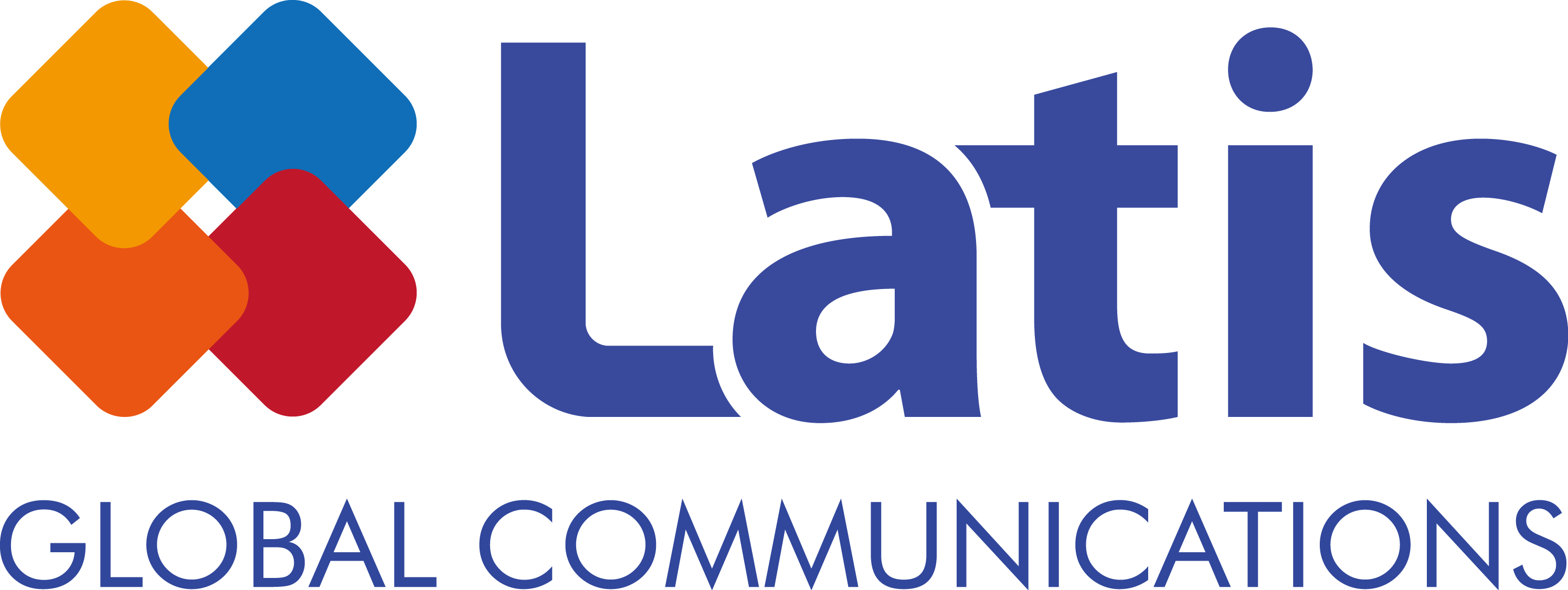
1. Choose an efficient testing tool

You don’t need to invest in advanced software or hardware to effectively test your game. There are many free or low-cost tools that can help with various aspects of game testing, including debugging, performance analysis, usability testing, and gathering feedback.
Find the right open source programs based on the programs and languages used to develop your game. Postman is useful for testingAPIs and integration with game servers. Jenkins is a build and test tool useful in continuous development environments where multiple developers work simultaneously. Appium provides a wealth of features for app automation, logging, and debugging. These tools can help you improve your development process by performing tests efficiently, reducing repetitive tasks, and providing consistent results.
Some of the tools for inexpensive yet effective game performance analysis include programs likeMSI Afterburner and theOpen Capture and Analytics Tool (OCAT). It measures and analyzes frame rate, GPU temperature, voltage, and more, so you can measure any performance metric you want. OCATis useful because it provides test results over time (in seconds) in a csv file, allowing you to generate objective and accurate test results. To collect feedback , youcan ask people to fill out a questionnaire via Google Forms. It’s intuitive to use, easy to create and deploy, and provides automatic summarized data on survey results, so you can show high efficiency with low resources.
2. Game testing strategy establishment

Before you start testing your game, you should have a clear idea of what you want to test, how you want to test it, and who you want to test it. You need to define your test goals, criteria, and methods, and prioritize the mostimportant aspects and features of your game.
If you don’t have a goal for what you want to test, you’ll lose time with aimless iterations of testing, and you’ll lose objectivity with inaccurate specifications, which will prevent you from getting the results you want from your tests. These issues have the potential to cost you money and time during game development, leading to poor quality games. To define your test objectives, think about the following
First of all, what is the target audience for the game? If you’re targeting a specific age group or type of gamer, it’s a good idea to gather testers who understand them or those gamers themselvestorun FGT tests.
What aspects of your gamewould you like to see validated by this test? If your game has massive, colorful graphics or a lot of objects in motion at the same time, you’ll want totestperformance/compatibility to make sure it runs and plays well on gamers’ devices.
Once you have a goal, you need to decide on a strategy. When to apply manual testing, automated testing, performance testing, user experience testing, etc. and at what rate. Once prioritized, the purpose of the test needs to be further refined through test cases. Such a testing strategy will contribute to improving the transparency and efficiency of the testing process and will also help with the quality of test results.
3. Automate game testing

One way to reduce the cost and effort of game testing is to automate as much as possible. Automation can help you perform repetitive and tedious tasks like checking for errors, crashes, or performance issues without human intervention.
Postman and Appiumare automatization tools for testing games and applications that support a variety of programming languages. You can automate actions that can be performed with APIs orprogramming languages, such as touch, app launch , and more. You can remotely control multiple devices at the same time and identify issues through the issue log.
Jenkins is a popular open source tool for implementing continuous integration and continuous delivery (CI/CD)Convey. By default, it uses plugins and scripts written in Java, but a variety of plugins allow you to write in any programming language of your choice. It’s a tool that helps multiple developers on a project work simultaneously to quickly identify and resolve the impact of their changes on other developers, making it ideal for use on larger projects or games in continuous development. Whether it’s scheduling build and test tasks on a specific schedule to allow for flexible scheduling, or quickly identifying unstable changes when source code changes are detected, it helps you maintain the quality of your code on an ongoing basis and quickly react and fix issues when they arise.
While automation through these programs can improve the development process, there are some areas that are difficult to test. This is true for graphics and UI testing, randomization and dynamic environments, and user scenario gameplay testing. Because testing automation essentially requires the upfront work of writing code for each behavior through a programming language, automating different platforms and devices can be very resource-intensive and time-consuming to code. These are the areas where manual testing and special automation strategies work best.
4. Leverage the gaming community

Another way to maximize Game testing within your budget is to leverage a Community composed of existing users or potential customers. You can use social media, game forums, blogs, or newsletters to engage with your community and invite them to test your game. Community users are mostly core gamers who evaluate the game from a true user perspective, caring about the game the most, providing a variety of play styles and perspectives. A word of caution, though: it’s important not to put too much pressure on your players. We encourage you to test by engaging with your community in a natural way. Learn about your game’s most popular features, user behavior patterns, performance issues, and more from your game’s community, improve game testing, and make your development is more user-centric.
5. Find an expert partner or benchmark against others

You can maximize game testing within your budget by leveraging an expert partner who has previous experience in game testing. Alternatively , you may beable to review third-party game testing best practices, articles, and blogs.

